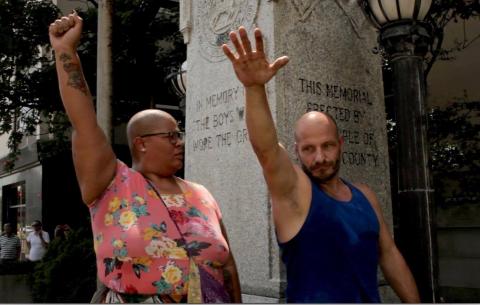
A woman being harassed by a Nazi. Photo by Michael Galinsky.
What happened in Durham
Like many people, a week ago I was feeling pretty down about the state of racial justice and just basic humanity in the United States. But then something happened.
Sunday
In response to the hate and violence displayed in Charlottesville, hundreds of people came together in Durham, North Carolina for a huge vigil on Sunday night. Many friends of mine posted pictures and powerful testimonials to the collective love they felt gathered together.
But I also noticed that some activists had less satisfied responses, including frustration that the mostly-white event marginalized voices of color and those with more radical tactics. Much of that frustration fed into a Monday demonstration, which had already been planned to take place in front of Durham's old courthouse, where there was a confederate monument with an inscription to "the boys who wore gray."
Many times I have passed that statue and wondered what on earth it was doing there. Until last year, I really didn't realize how pervasive these were and what drove their creation. Last year the Southern Poverty Law Center (which tracks hate groups) published a report Whose Heritage? (PDF) that shows that most of the Confederate memorials were erected either during the Jim Crow era or during the Civil Rights movement, as a way to reinforce white supremacy. The Stubborn Persistence of Confederate Monuments explores this history and notes the increase in legislation such as North Carolina's 2015 law that prevents any local authority from legally removing them.
As New Orleans Mayor Mitch Landrieu said in May:
These statues are not just stone and metal. They are not just innocent remembrances of a benign history. These monuments purposefully celebrate a fictional, sanitized Confederacy; ignoring the death, ignoring the enslavement, and the terror that it actually stood for.
After the Civil War, these statues were a part of that terrorism as much as a burning cross on someone’s lawn; they were erected purposefully to send a strong message to all who walked in their shadows about who was still in charge in this city.
Or as my friend Tony put so well: "Taking DOWN Confederate monuments is not about erasing history. Putting them UP was."
Monday
I knew that protesters planned to rally at Durham's monument on Monday. I might have joined them but for it being league night, and I also had an obligation to feed a recovering friend. I did not expect just a few minutes into the evening to learn that the protesters had actually pulled the statue down! Many of my fellow bowlers were sharing videos of it and talking about how this felt like a cultural turning point. We hoped this would be the first of many dominoes to fall.
#BREAKING Protesters in #Durham topple confederate monument downtown pic.twitter.com/a3BNIavyxC
— Derrick Lewis (@DerrickQLewis) August 14, 2017
Of course in the days following, we learned that the people who did this were being arrested and charged with crimes related to toppling the statues. First was Takiyah Thompson, a young, queer, financially-struggling HBCU student and woman of color (I say all this to show how much she put at risk) who bravely scaled the statue and looped the rope over the top of the confederate soldier. Then the others who helped pull it down were also arrested one-by-one. They looked like a youngish cross-section of Durham - various generations, races, gender identities, and income and education levels. Many of us were upset to hear that in addition to misdemeanor property destruction charges, the Sheriff was levying felony rioting charges against them. Law enforcement officers were present when the statue was pulled down. It seems to me that if there had been any serious chaos or public danger, they would have stepped in rather than quietly observing and recording the event.
Thursday
On Thursday I attended a protest at the Durham County Jail where about 60 people declared that they also wanted to be arrested for supporting the toppling of the statue. Below you can see them lined up in black, with another 100 or more observers cheering them on. Not surprisingly, County officials declined to arrest them so we moved into the courthouse for the planned observation of the the first court date of some of the arrested activists. I have observed trials before, and I find it to be a helpful way to both learn about the criminal justice system and to remind decision-makers that the community is paying attention to their actions. I dressed up for court, and brought my laptop so I'd be able to stay and work from the courtroom as long as needed. I was one of the first to arrive at the courtroom, and the deputy at the door informed me that the Sheriff had pre-emptively decided that no-one would be allowed into courtroom 4D unless their name appeared on the docket that day. (Later I heard rumors that he was concerned about overcrowding or that people with cases wouldn't be able to get into the room. Both of these problems seem to have obvious solutions that wouldn't require violating NC's open courts law, but there's no reasoning with a Sheriff's Deputy.) This left about 200 of us calmly standing around in the hallway wondering what to do. Eventually we filed out, and gathered in front of the courthouse. After their trial was continued, the defendants of the day came out and made media statements. I came home and went back to work. Later I was interviewed for this Huffington Post article, and helped Now This who made this brief video. Rodrigo Dorfman's 20-minute live Facebook video (below) is a much better document of the event. I left feeling great about the message we sent from Durham to the world about supporting the leaders who took this action to rid our community of a symbol of violence and white supremacy. One of my tweets about the demonstration got over 1,000 likes, so I knew people were watching and appreciating us in Durham.
Friday
On Friday around 10:30 in the morning I was trying to get my head together to write a blog post about all of this, when I got a text (at right) from a friend. I went to Facebook and saw similar messages. People were trying to spread the word, but to keep the rendezvous point secret to avoid attracting negative attention. (It's a wonderful queer-owned venue that welcomes activism and has already been targeted by haters.) The forecast was for a high in the 90s, I was behind at work, and I'm a Buddhist that abhors violence. I knew I had to go. When I arrived, the meeting point was already overflowing. Outside I caught a brief glimpse of my friend who is an active member of an anti-racist group called Redneck Revolt. He was carrying a rifle slung over his shoulder and trying to help people get organized. (The gun is an interesting issue. I will have to to address it in a future post.) I worked my way in to find a friend I planned to meet. The speakers (primarily Manju Rajendran and Serena Sebring, two amazing women of color with long records of service to social justice work both near and far) were using the human mic to share important tactical and logistical information. We learned that the police could arrest any group blocking the street without a permit, and that included us! They told us to find a small "family" of friends and always stay within arms length of them during the demonstration. It really hit me then how serious the stakes were. But I also felt the powerful love of everyone holding each other up. Many of us were scared. Some people were crying. But we were ready to put our bodies on the line to keep the Klan out of our city.No permit for KKK issued, holding the streets until we know fascists aren't coming thru #DefendDurham pic.twitter.com/3Pw2xhyUm4 — Zaina Alsous (@diasporadical_z) August 18, 2017
The time came and we marched down the street toward the old courthouse. When we got there we met an even bigger march that had come from the other direction. They held a huge sign in front that read "We will not be intimidated" with what many probably didn't know (or care) was an "antifa" logo. The only Nazis we found were a couple of losers lurking around the statue. As soon as one raised his arm in a Nazi salute next to Rachel Alexis Storer (a queer Black woman, well-known to the community for her creative work as Gemynii) with her fist in the air, they were pretty quickly hustled out of the area by two intrepid volunteer marshals (one of whom happened to be Durham City Council member Charlie Reece).

Michael Galinsky, who took the wonderful photo above, also made this excellent 10 minute video, but I have to add a caveat to it. The video overemphasizes the high-energy moments of excitement and tension - of which there were plenty - but it is almost entirely missing the other dynamic that was just as present, which was hours of alternately mundane and joyful moments of solidarity, warmth, and connection. People were greeting old friends and making new ones. Everyone was glowing with pride at the tremendous power we had to collectively fight hate.
After it was clear that we had secured the entire block from any potential noon KKK march and were not in immediate physical danger, we learned that there was a chance they might come back at 4pm. People immediately resolved to continue holding the space, and so we did. Brazilian drummers came and sparked an impromptu dance party. We eventually grew to over a thousand people, all mobilized with just a few hours notice.
Heat index in Durham is 106, BT nobody seems to be slowing down. #DefendDurham pic.twitter.com/8ibjOtDv0j
— Bronwen Dickey (@BronwenDickey) August 18, 2017
After a lunch break I returned and stayed until I had to go pick up my son from his last day of summer camp. At this point, police were attempting to re-open the street, but many activists were not having it. Eventually, what was left of the group joined the weekly demonstration against poor conditions and treatment at the County Jail a few blocks away. (I wasn't there of course, but have attended in the past.)
The extra momentum carried the protesters from the jail and up the street toward the Durham Police Department, where the community finally saw the hostility that some of us had frankly been anticipating all day. There was a lot of confusion when photos like this hit social media and many people took them to mean that the Klan had finally showed up. What else would explain cops in riot gear and aggressive formation?
Fortunately only one protester was arrested all day long, and it was for failure to disperse at the police department. I have had many anarchist friends and comrades over the years, and I know that there are some who thrive on conflict and simply were not going to feel like they had their say until something like that happened.
This amazing day was capped off by hearing the surprisingly thoughtful statement from the Durham District Attorney, making it clear that any charges against the statue topplers would take into account the political context in which they acted.
Whew
The past few days have been intense. (Plus Steve Bannon resigned. Holy what!) But each time people ask me how I'm doing, I tell them about this strong sense of community love that has emerged. Under a dehumanizing autocratic system it's easy to feel powerless. Lacking epic leadership and organization, it seems there's not much we can do in this moment. But building solidarity is the best way to keep us human and connected in an era where those in power want us to be alienated, weak, and angry.
A few pundits have argued that taking statues down doesn't help to fight this government that is literally trying to kill some of us, but I don't agree. These events, these victories, and this organizing is very much building the movement that will also demand voting rights and that will mobilize voters in 2018 and 2020. It's all part of one effort.
This week was a great start. Let's keep the love flowing.
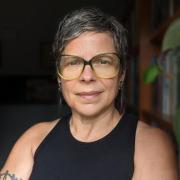
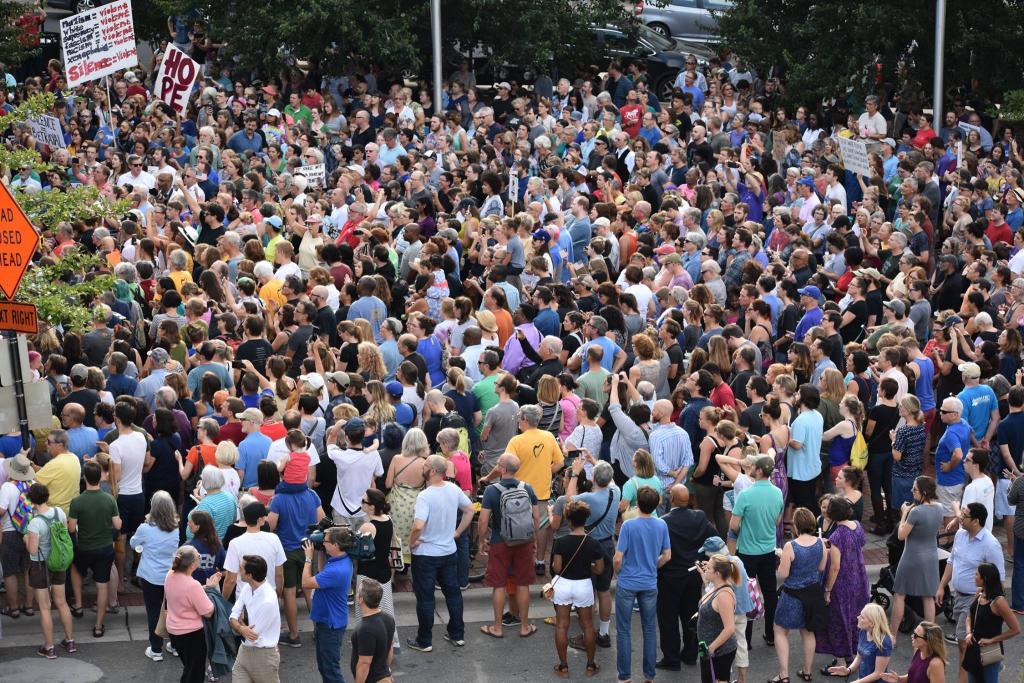

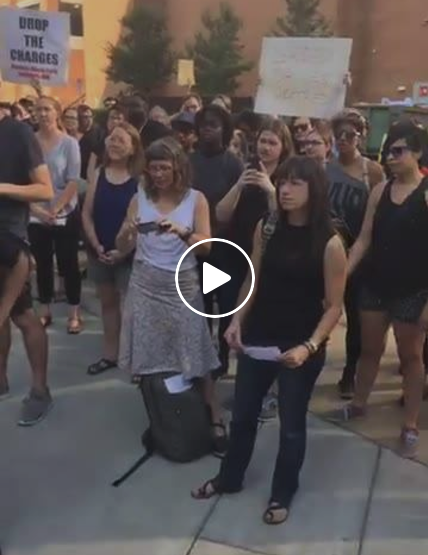
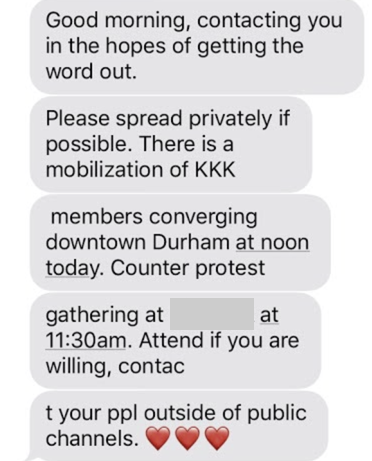

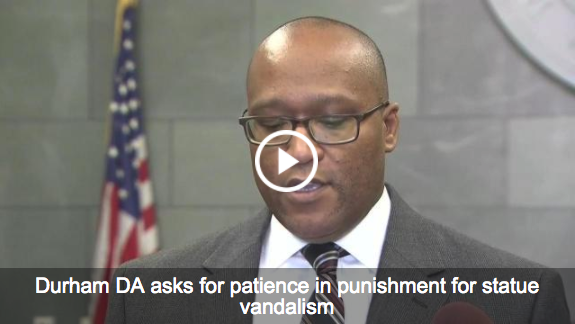

The views and opinions expressed in this post are those of the author(s) and do not necessarily reflect those of MomsRising.org.
MomsRising.org strongly encourages our readers to post comments in response to blog posts. We value diversity of opinions and perspectives. Our goals for this space are to be educational, thought-provoking, and respectful. So we actively moderate comments and we reserve the right to edit or remove comments that undermine these goals. Thanks!